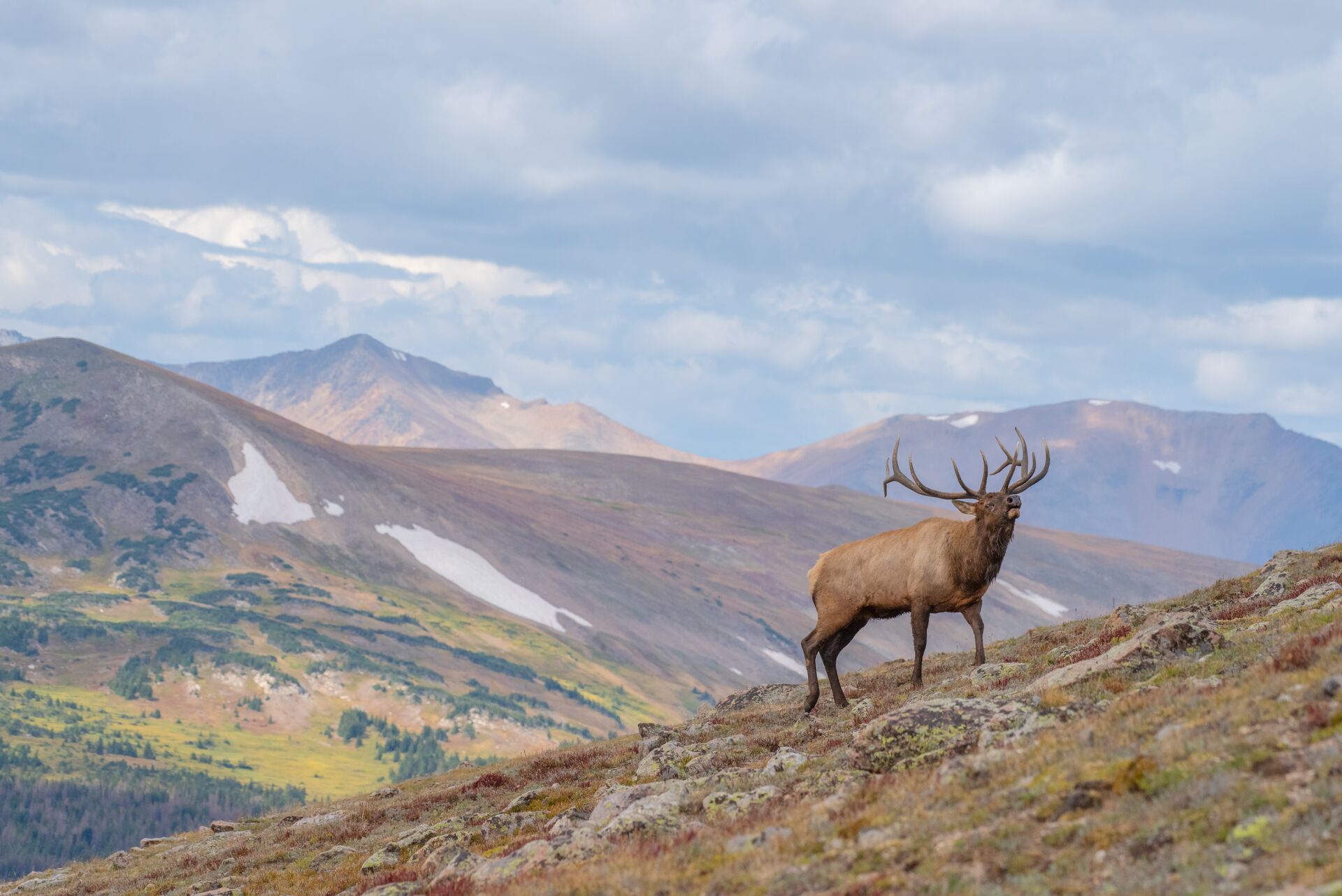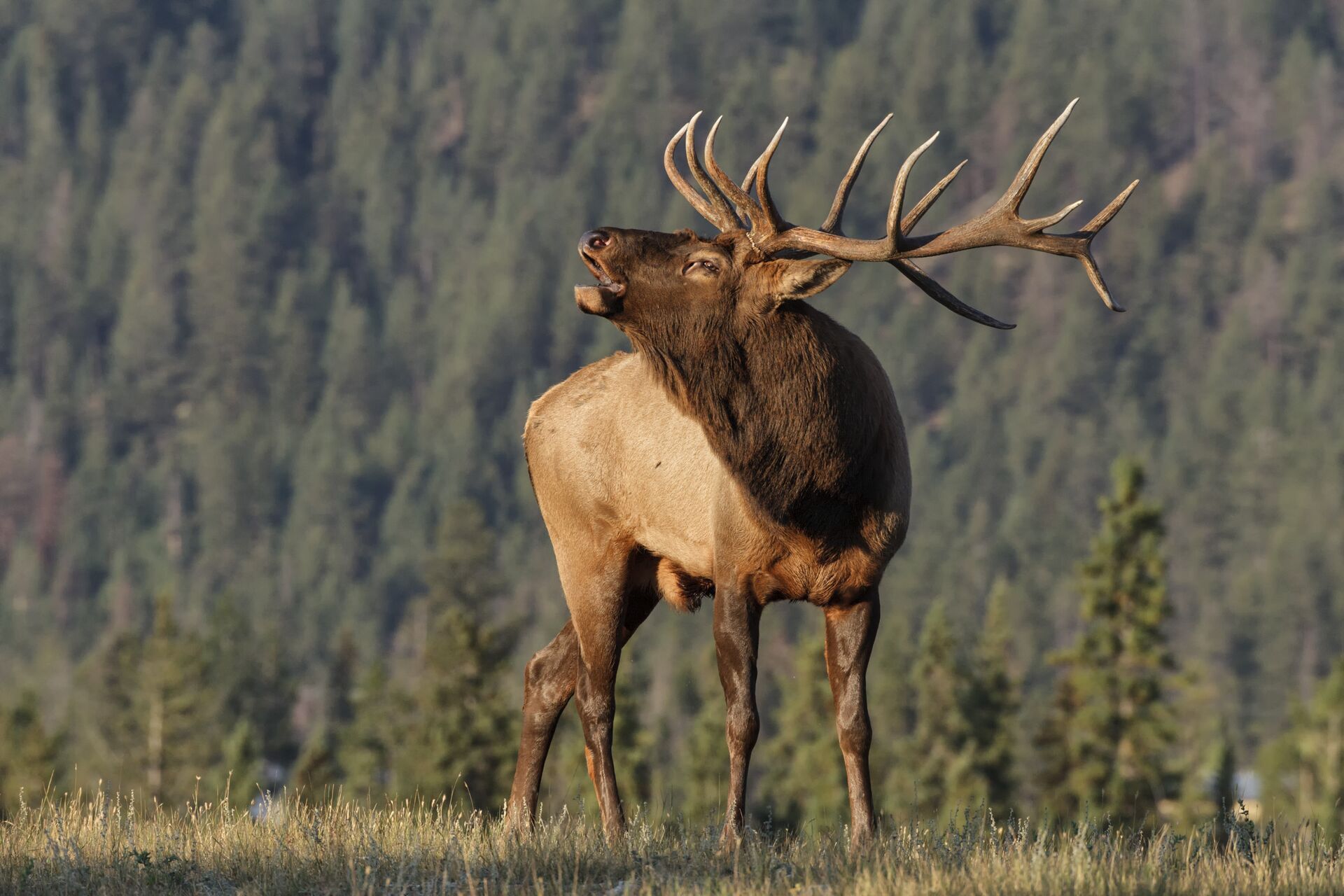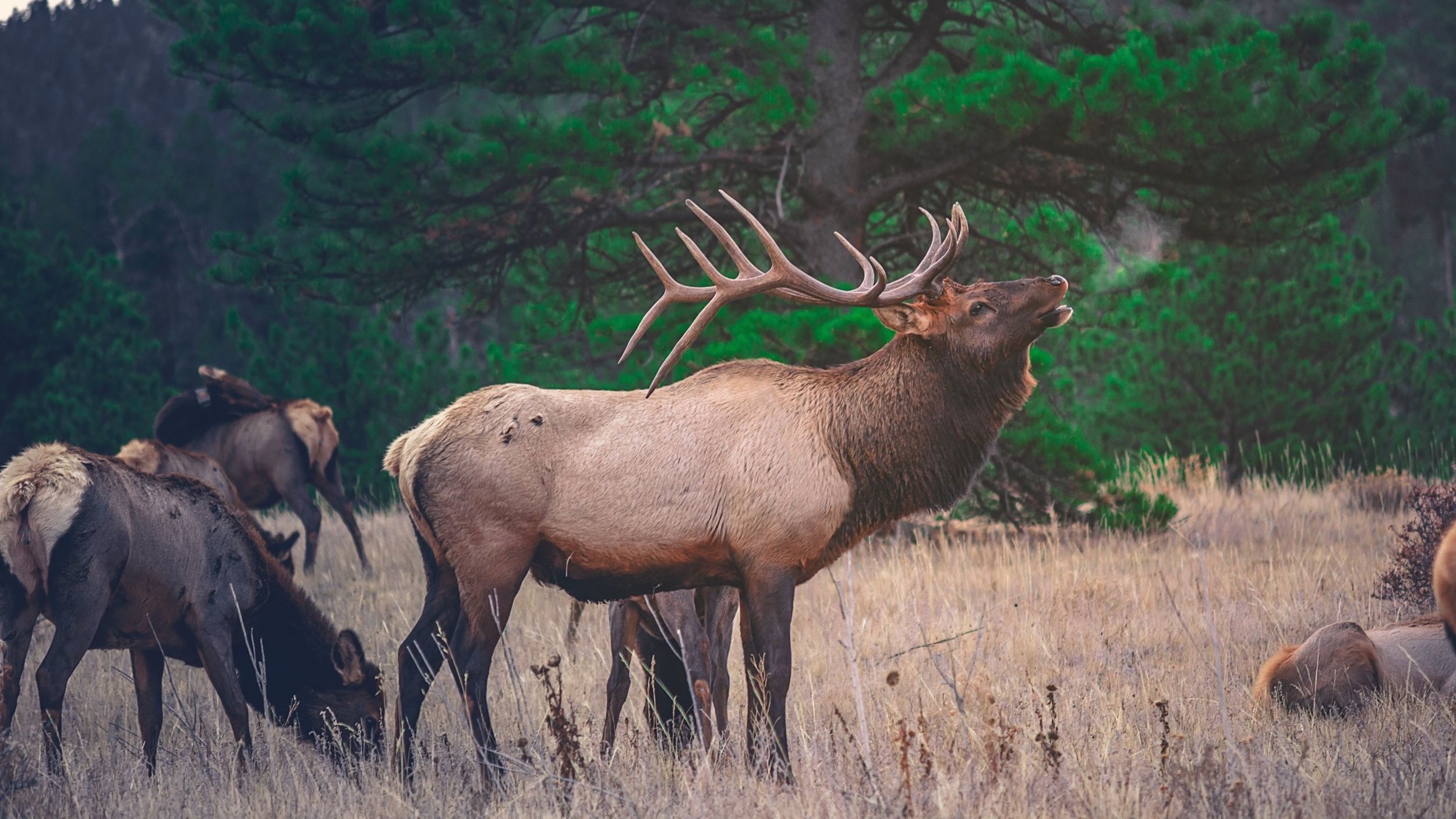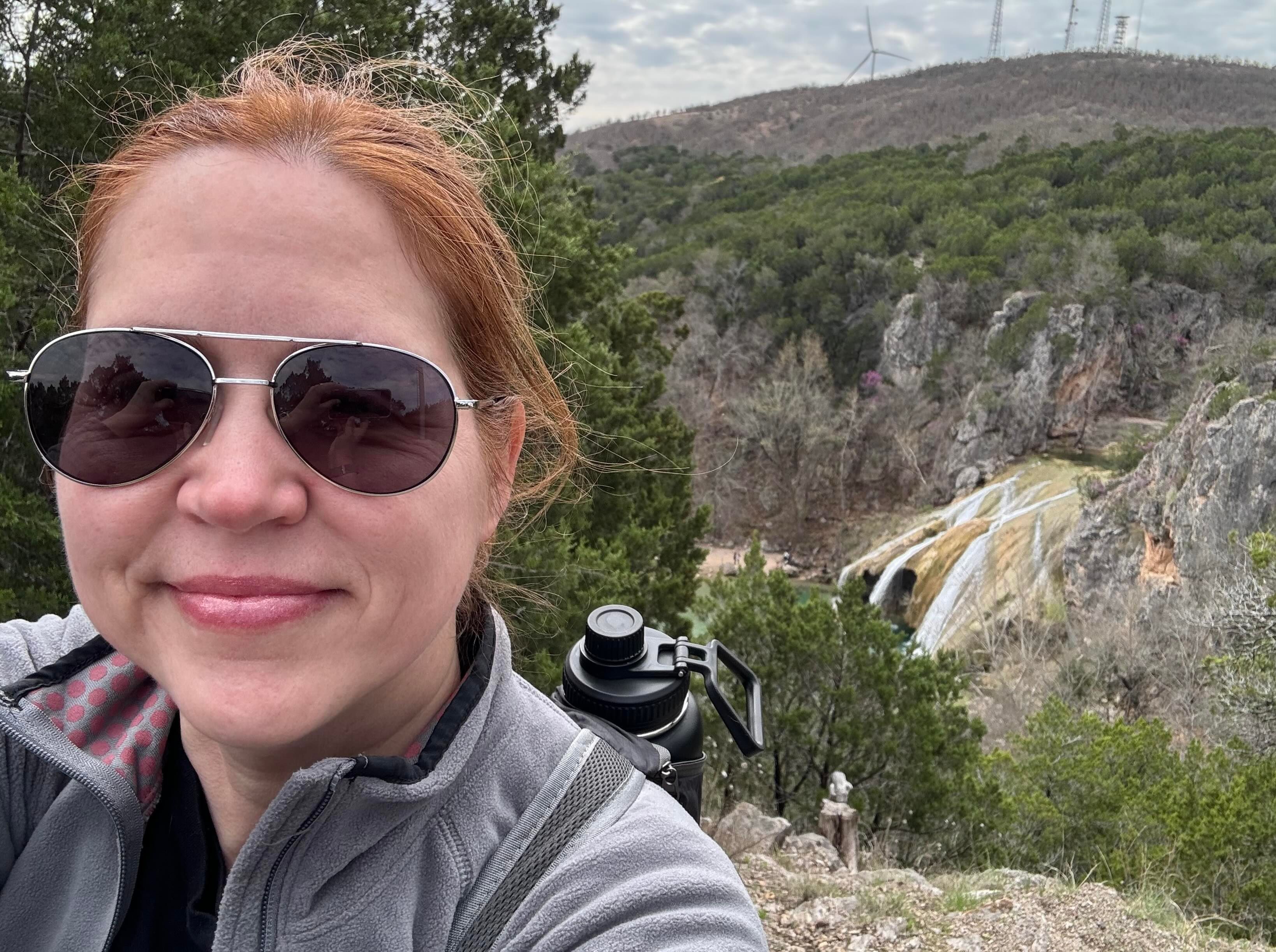Field Guide / Elk
Elk Hunting Basics on a Budget
Is a trophy bull elk hunt in a prime western state on your hunting bucket list? If you're stuck thinking realistically, accomplishing that could be easier said than done.
Previous in Elk
More Content Like This

When Is Wyoming Elk Hunting Season?
Nothing compares to the sound of a giant elk coming out through the thick vegetation. The heavy thuds and loud calls build the kind of rush and anticipation that's almost indescribable to non-hunters.Read More
Read More8 Elk Facts Every Hunter Should Know
Elk are one of the most sought-after big game species in North America. They are large and loud and live in unforgiving and beautifully mountainous habitats. Read More
Read More
The Best States for Elk Hunting: Plan Your Hunt
Elk hunting, for many of us, is a captivating pursuit. The opportunity to track one of North America's most majestic, athletic, and fascinating game animals in some of the wildest and most challenging terrain is an irresistible prospect. Read More
Read More Elk
ElkWhen Is Wyoming Elk Hunting Season?
Nothing compares to the sound of a giant elk coming out through the thick vegetation. The heavy thuds and loud calls build the kind of rush and anticipation that's almost indescribable to non-hunters.Read More
Read More Elk
Elk8 Elk Facts Every Hunter Should Know
Elk are one of the most sought-after big game species in North America. They are large and loud and live in unforgiving and beautifully mountainous habitats. Read More
Read More Elk
ElkThe Best States for Elk Hunting: Plan Your Hunt
Elk hunting, for many of us, is a captivating pursuit. The opportunity to track one of North America's most majestic, athletic, and fascinating game animals in some of the wildest and most challenging terrain is an irresistible prospect. Read More
Read More
1 of 3
